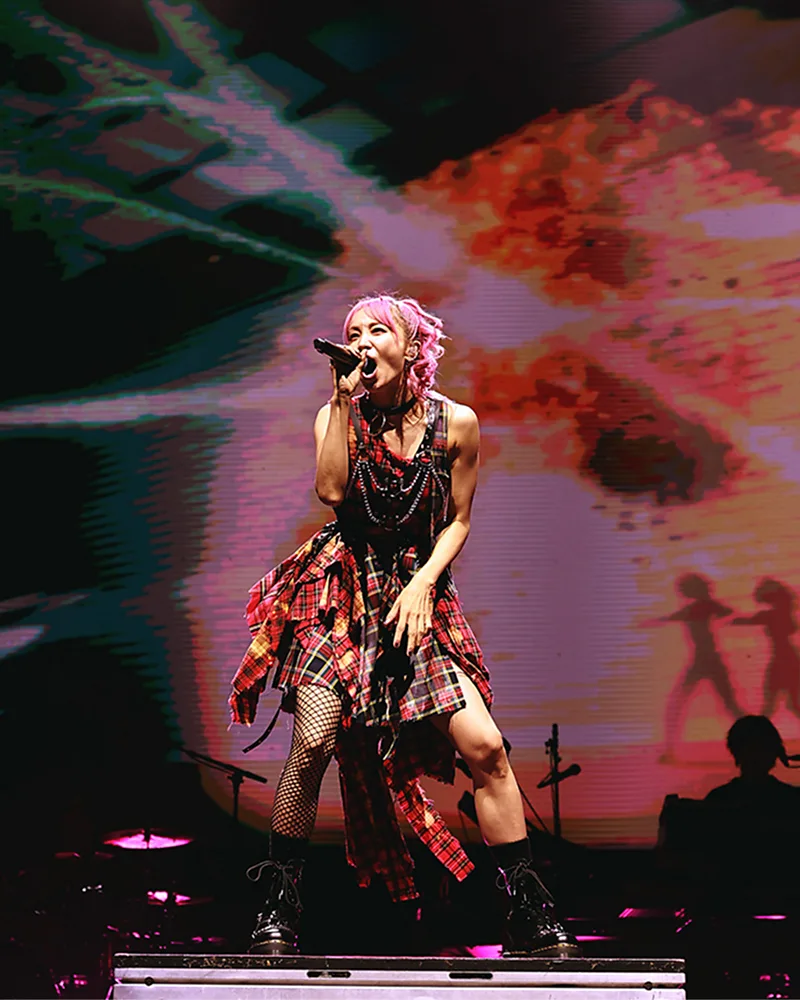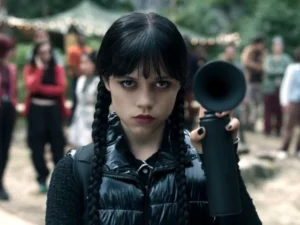
How Japanese Anime Songs Became Gen Z’s Musical Obsession
The Rise of Japanese Anime Songs Among Gen Z
In recent years, Japanese anime songs have exploded in popularity, becoming a defining musical obsession for Gen Z listeners around the world. From streaming platforms to live concerts, these emotionally charged tracks—known as “anisongs”—are no longer niche interest items. Instead, they are shaping pop culture, influencing Western artists, and building a new global music phenomenon powered by bold melodies and emotional resonance.
The combination of vibrant storytelling and sonic innovation has created a new kind of fandom where music and animation are inseparable. Gen Z, raised in a hyper-digital, globalized world, is embracing anime music as more than entertainment—it’s a lifestyle and a shared language.

How Anisongs Captivate Listeners
Anime music is instantly recognizable for its emotional intensity and genre-bending creativity. One track might shift from jazzy riffs to rock opera to bubblegum pop—all within a few minutes. These songs aren’t just catchy; they’re cinematic, reflecting the rollercoaster of emotions that anime storylines often provide.
Take for example “Kura Kura” by J-pop star Ado, featured in Spy x Family. It’s bold, chaotic, and perfectly fits the series’ unpredictable energy. Performances like Ado’s at London’s O2 Arena—with thousands waving glow sticks in sync—show how anime music has transcended screens and become a shared cultural experience.

Streaming Platforms Fueling Global Growth
Spotify reports a staggering 395% rise in global anime music streams between 2021 and 2024. With over 7.2 million user-generated anime playlists, it’s clear that fans aren’t passively listening—they’re curating and spreading the sound. Nearly 70% of anime music streams come from users under 29, cementing Gen Z’s role in driving the genre’s rise.
According to Sulinna Ong, Spotify’s Global Head of Editorial, anime music is opening doors to new musical genres for many listeners. These songs often serve as a gateway to Japanese pop (J-pop), rock, and hip-hop, and introduce fans to cultural nuances they might otherwise miss.
The Emotional Power Behind the Music
What sets anime songs apart is their deep emotional imprint. The music often mirrors the themes of struggle, hope, loss, and triumph found in anime narratives. Songs like “Gurenge” by Lisa (from Demon Slayer) have not only gone viral on TikTok but have also featured in prestigious events like the Tokyo Olympics. These are not fleeting hits—they resonate deeply with fans.
Many anisongs are composed from the perspective of characters, adding another layer of connection. Lisa, for instance, said she wrote “Gurenge” by putting herself in the shoes of the show’s tragic protagonists, which helped craft a ballad that inspires and empowers.

Pandemic-Era Escapism Turned Passion
The pandemic played a pivotal role in this musical surge. As lockdowns gave people more time to explore streaming content, anime found new fans—and with it, anime music. According to research by Crunchyroll and the National Research Group, 54% of Gen Z globally now identify as anime fans, putting anime nearly on par with global music icons like Beyoncé in terms of influence.
Jonathan Clements, author of Anime: A History, notes that the increased accessibility of anime during the pandemic sparked a cultural awakening. Many young fans, initially drawn in by visuals and narratives, stayed for the music. Today, they’re loyal, passionate listeners—and many have grown into adulthood with these songs as their soundtrack.
Artists Pushing the Genre Global
Anisongs have propelled a wave of new Japanese artists into the international spotlight. The electro-pop duo Yoasobi made history when their track “Idol,” from the anime Oshi no Ko, became the first anime song to top the Billboard Global Chart. Hip-hop group Creepy Nuts gained viral fame with “Bling-Bang-Bang-Born,” the catchy opening to Mashle: Magic and Muscles.
Rock band Radwimps has created sweeping scores for iconic anime films like Your Name and Weathering With You, while Ado’s powerful voice now defines the antihero Uta in One Piece Film: Red. These artists are not just scoring background music—they’re building character, mood, and momentum through sound.
The TikTok and YouTube Effect
Social media has turned niche anime themes into viral phenomena. TikTok creators remix and share clips, adding dance challenges or emotional edits that spread across millions of screens. Suddenly, an ending theme from a mid-tier anime becomes a song everyone is singing—or crying—to.
According to Eneni Bambara-Abban, founder of Anime & Chill, this online virality translates into real-world fan experiences. “At our events, people know every lyric. They scream the choruses and feel the music deep in their bones,” she says.
Western Musicians Are Joining the Anime Wave
Anime’s cultural reach has extended into Western music. Artists like Billie Eilish, Megan Thee Stallion, and Lil Uzi Vert frequently reference anime in their lyrics and visuals. UK rapper Shao Dow crafts songs based on anime characters, blending personal storytelling with anime-inspired metaphors. For him, characters like Luffy from One Piece serve as symbols of resilience and ambition.
These crossovers aren’t gimmicks—they reflect a genuine love for the genre and a recognition of anime’s storytelling power.
Live Performances Turn Anisongs into Collective Experiences
Anime music’s transition to live stages has been extraordinary. Concerts from iconic composers like Joe Hisaishi, known for scoring Studio Ghibli films, sell out worldwide. New-gen stars like Ado and Yoasobi headline major arenas, delivering emotional, high-energy performances that mirror the intensity of the anime worlds they score.
In parallel, community events like Anime & Chill club nights offer fans a space to sing, dance, and geek out together, proving that anime music is more than entertainment—it’s a shared identity.
A Soundtrack for Life
The lasting appeal of Japanese anime songs lies in their emotional honesty and bold experimentation. For many in Gen Z, these songs are more than just catchy intros or outros—they’re expressions of identity, nostalgia, and inspiration. They provide comfort, adrenaline, and belonging. And while anime fans may grow older, their connection to the music often deepens with time.
As anime continues to influence global pop culture, its soundtracks are leading the charge—creating a genre that’s timeless, borderless, and unapologetically heartfelt.




Average Rating